

D-Dog
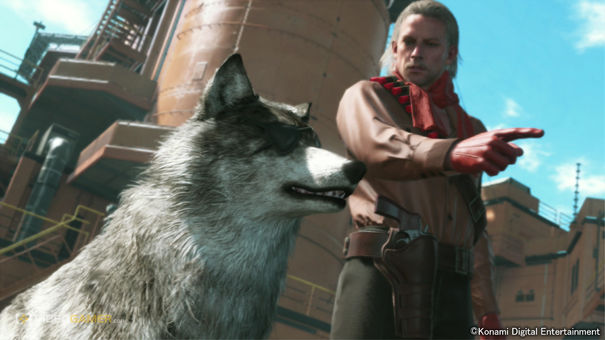
Pretty much the best thing happening in video games today, acquiring D-Dog is priority number one in any Phantom Pain playthrough. Found wandering in the Afghan wilderness as a puppy, D-Dog is described by Ocelot as being a scrappy little fellow. He is: missing an eye, surviving in the desert, eventually turning into a gigantic beast that accompanies you on missions, as husky/wolf things are wont to do. In the early game, though (should you find him – he's possible to miss) there's an undeniable thrill to arriving back on Mother Base after a hard day of killing everyone to be greeted by an excited puppy: a sense of normalcy in a game where you turn an oil rig into a new country and go to war for fun and profit.
When fully grown, D-Dog can come on-mission with Snake, sacrificing the mobility of D-Horse for his sense of smell, which alert players to enemies. He also hints at the fractious relationship between Ocelot, Snake, and Kaz by disobeying direct orders, despite being 'well trained'. Kojima.
Afghanistan

Not sold on MGS5's Middle Eastern setting? Well, imagine it like this: for a lot of its run time it feels almost exactly like Red Dead Redemption, just set 74 years later. Comparisons to Rockstar's western classic are obvious, if not unfair: arid, desolate lands heaving with natural beauty and interesting topography, navigated by horse. But Kojima has also captured the mood that made Red Dead so great: a country filled with conflict, uprising, and change, and yet still one that you can lose yourself in for a while.
It's quite some achievement, blending the technical – long draw distances, superb lighting systems, phenomenal attention to detail – with the artistic. It's not the biggest map in the world, but it keeps surprising, unspooling to reveal five or six major landmarks, along with dozens of smaller prisons, garrisons, and outposts. There's just enough space between enemy controlled settlements to provide downtime to enjoy when you want to go off-mission, and the lay of the land gives rise (literally) to excellent vantage and sneaking points when you want to get back to it. Perhaps most importantly, Kojima ties all these elements together to provide context to your conflicts, using Afghanistan's historical geographic importance – and resistance to invasion – well. It's impossible to ride past the various burnt-out tanks and rotting encampments without wondering about the futility of it all. The Soviet soldiers, overheard from afar, think much the same.
Side Ops
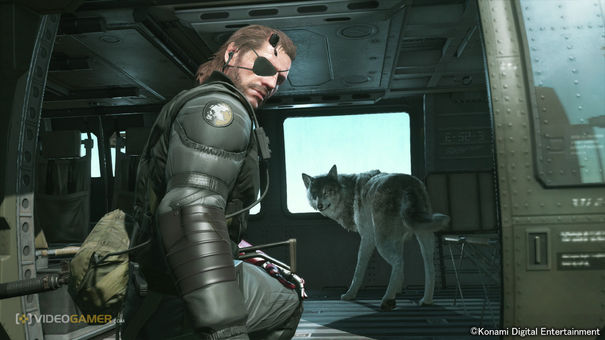
In previous (console) MGS games, the player was essentially always 'on-mission', winding up the river to the big bad. Sure, there was scope to have a look around every now and then, take a slightly different path, or simply ogle semi-naked women, as is customary on life-or-death engagements that require total concentration. Here, however, players are free to do as they please, dictating everything from mission gear to operation start times (6am or 18:00, depending on your preferred sneaking environment), or if they even do a mission at all: it's entirely possible you'll want to pick flowers instead. Yes.
At some point, however, you're going to have to start killing people, or at least kidnapping them via the Fulton Recovery System. While the main game offers plenty of opportunity for that, it's the plentiful Side Ops that offer perhaps greater rewards. Optional but encouraged, Side Ops are a great place to stock up on researchers, engineers, soldiers, and other hard-to-find specialists which will help you expand Mother Base – and your selection of toys – far quicker.
They also provide more accessible action for those who tire easily of the cutscenes and general waffle that feature in the main ops. Side Ops are great for getting to the meat of the game – recon, infiltration, extraction, 15 or so minutes of pure gameplay. That's not to say there's not intrigue in these sorties: there are scientists to capture, Soviet officers to coerce into joining you, documents to nab. They're also pleasingly multi-part in their objectives, with a particular favourite seeing you infiltrate a mountainside base, interrogating guards to ID an officer, before sprinting into a valley to lay a trap for his convoy.
Mother Base
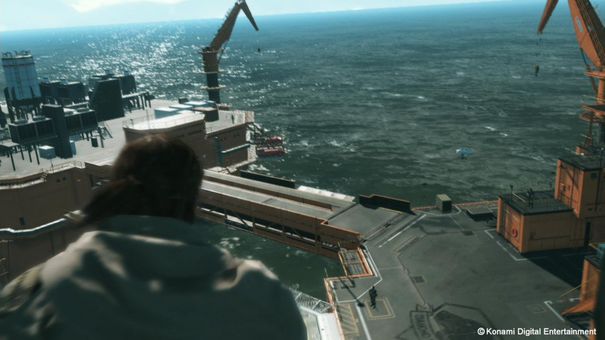
Almost perfectly juxtaposed to the unforgiving natural danger (and unpredictability) of Afghanistan is Mother Base, an oil rig in the Seychelles that is bathed in permanent blue seas and pleasant sunshine. Afghanistan frequently features sandstorms (good for sneaking in and out of places), night missions, and buckets of gore. Mother Base feels like a holiday home in comparison, and the portable shower to wash off all the blood is a nice touch.
Hygiene is the least of Mother Base's offerings however, as it's here where you'll be putting your conscripted forces to work, building new weapons, new departments, new sneaking gear. Conscripts have a ranking for each particular skill – some are more adept soldiers than scientists, for example. As with anything, getting the right crew is essential, and soon you'll be stowing the assault rifle in place of the tranq gun to get these high-prized guys out of Afghanistan and onto your side.
It can be a lot to take in at first – there's a lot of numbers to gauge, people to manage, and decisions to be made. The game does a fairly good job of automating this process, choosing the most natural fit for each person if you instruct it to, but often it's best to oversee the placements yourself. It can be frustrating to not be at the level you need in a certain field, and not be quite sure how to get that number up: especially when certain missions require specialised gear. On the whole though, it's addictive, gratifying in its constant expansion and evolution, and provides a nice contrast to the battlefield.
Licensed music
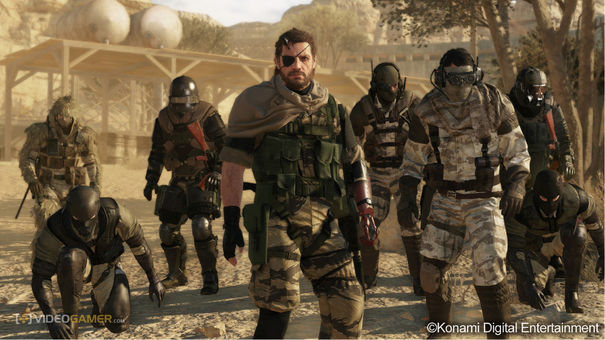
Metal Gear Solid 5 features a selection of 80s pop tunes, usually found blaring out of a pleasingly chunky cassette player of some sort. It may seem a surprise inclusion, but it lends a sense of authenticity to the world. The music humanises the Soviets, to a point: they may fight for Moscow, but it doesn't stop them wanting to listen to Kim Wilde. The tracks also add flavour to your encounters, both thematically and in terms of the action – I knocked over a vase while sneaking into a barracks, setting everyone on red alert. The incessant, childlike chorus blasting out lendt the ensuing hand-to-hand combat an absurd vibe. There's a selection of favourites in there, including Take On Me, so you can listen to classic synthpop while snapping necks.
Refined stealth
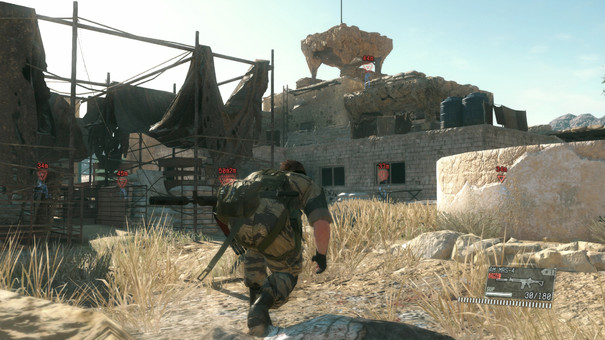
The Phantom Pain seems like the natural end point of Kojima's attempts to create the perfect infiltration mechanics, and it makes earlier games seem stilted and awkward (well, even more so: they did a fairly good job of that themselves). The series is often criticised for having unwieldy controls, but MGS5 has settled on a standard third-person layout, with a rudimentary command system for calling your horse (or making it shit on command) accessed on L1.
MGS5's excellence, however, isn't just based on adopting a widely-known controller layout (which Kojima has done before). It's more found in the integration of different mechanics, each linking with the next to give the player the best chance of getting in and out without issue. Binocular-based tagging of guards, as in Far Cry, is usually the go-to first move, surveying the landscape from afar. When behind enemy lines pressing X sees Snake crouch and sneak, as ever, and holding it sees him gradually adopt a prone position and then straight into a crawl. From here, if sentries get too close, pressing the action button will flatten Snake against the floor, and alter his breathing in an attempt to blend in and escape detection.
Should things go awry, pressing Square launches the mulleted operative into a dive, which is great for getting behind cover or out of sight. The slow-motion Reflex mode gives you a small window when spotted to take out guards, and is generally Quite Handy. But it's the interplay between these elements that stands out – diving into cover then flattening out when guards come looking is a great example. They're all easily-linked and reasonably flexible, which means it feels more like controlling a special forces agent and less like manipulating an action figure.
The chopper

Mother Base may grow and expand under your direction, but the wetwork and planning for missions in the field is mostly done from your chopper while in-country. Serving as an infil/exfil device as well as a mobile command centre, it's a vital tool for getting around Afghanistan, or getting out of it when things get too hot.
It's not just a glorified mission start/end device though. Throwing a flare sees it arrive, ready to blow away any guards blocking your escape route, and the level of violence that it brings to bear is actually quite shocking (seeing long-dead bodies getting still-riddled with Vulcan cannon fire is something to behold). There's a level of tension naturally added to the later stages of your sorties thanks to the chopper: it takes just enough time to arrive to unsettle, especially if you have a hostage in tow or are low on health, but there's no denying the relief when you clamber aboard. Also: it's the most 80s action movie thing imaginable. Which is always good.
Check the video below for gameplay footage and more of our impressions of Metal Gear Solid 5 :
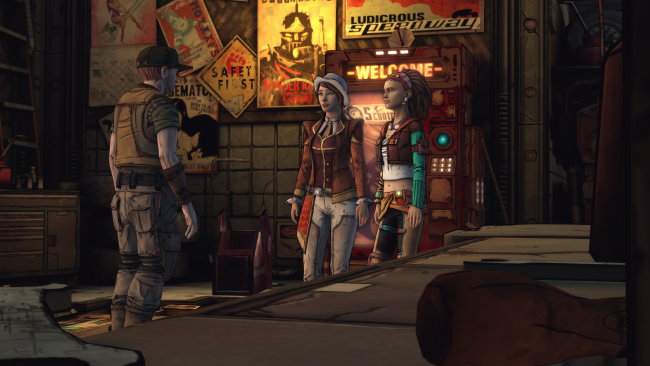
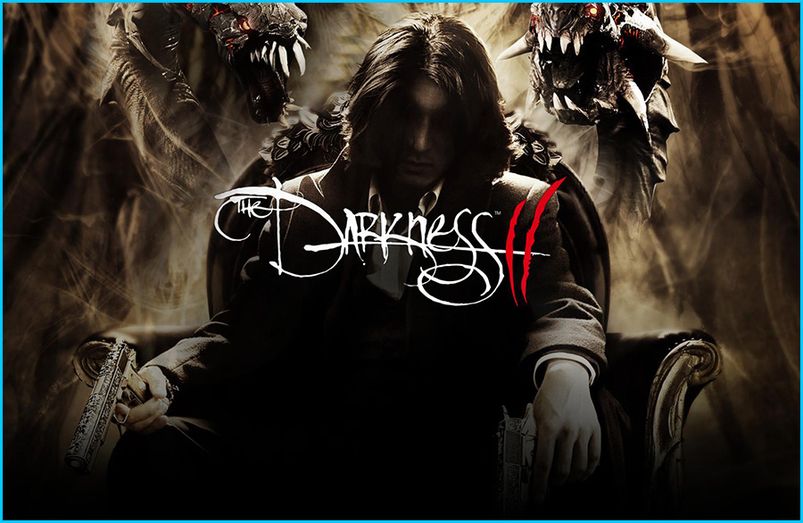
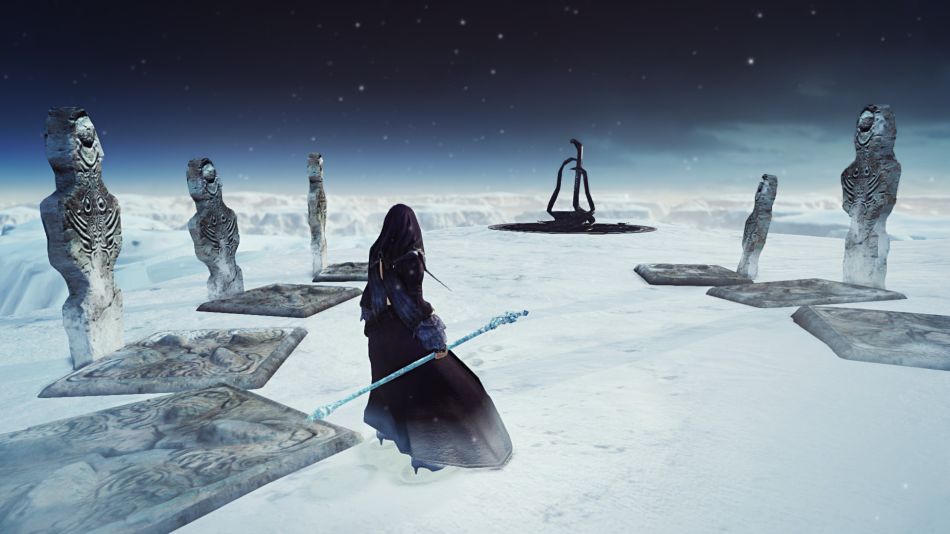

 Learn How to Perform Surgery Using Surgeon Simulator
Learn How to Perform Surgery Using Surgeon Simulator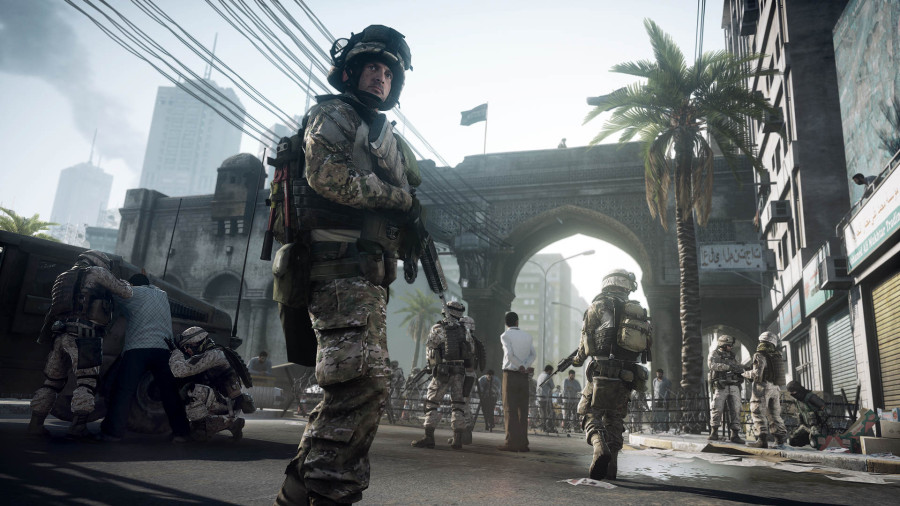 Battlefield 3 Advanced Multiplayer Tips and Tricks
Battlefield 3 Advanced Multiplayer Tips and Tricks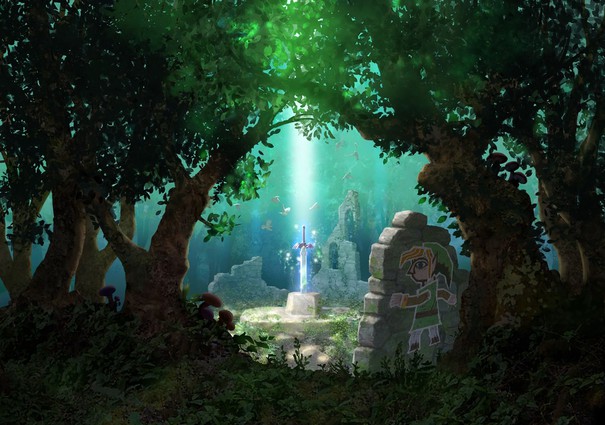 The Legend Of Zelda: A Link Between Worlds
The Legend Of Zelda: A Link Between Worlds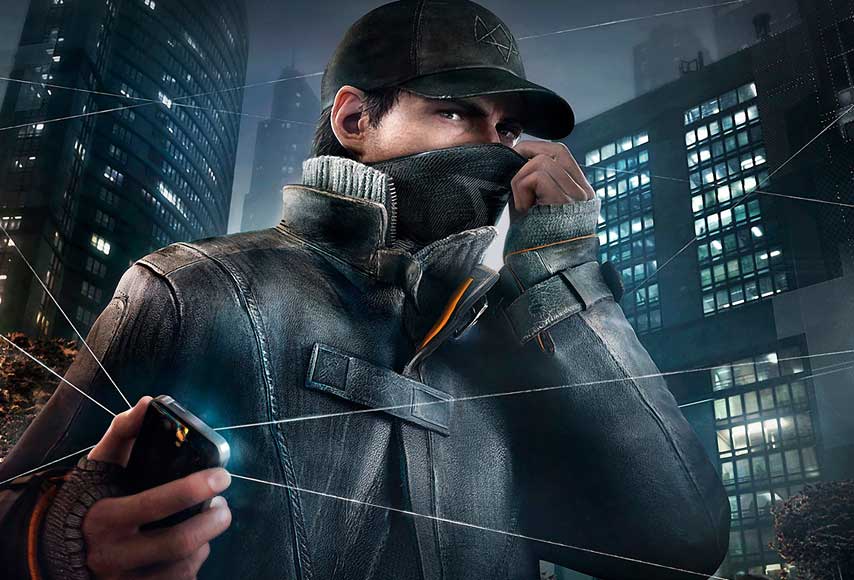 Watch Dogs: Sometimes You Still Lose – survive Damien’s attacks, complete the game
Watch Dogs: Sometimes You Still Lose – survive Damien’s attacks, complete the game How To Upgrade Your Field Skills In Xenoblade Chronicles X
How To Upgrade Your Field Skills In Xenoblade Chronicles X